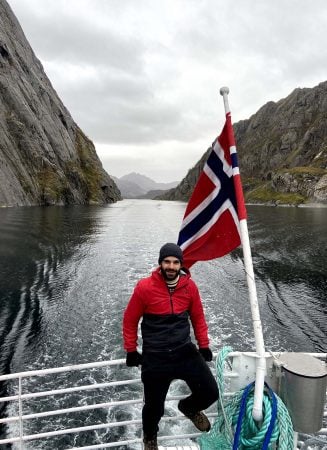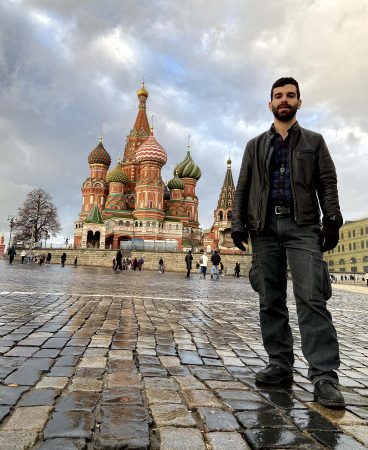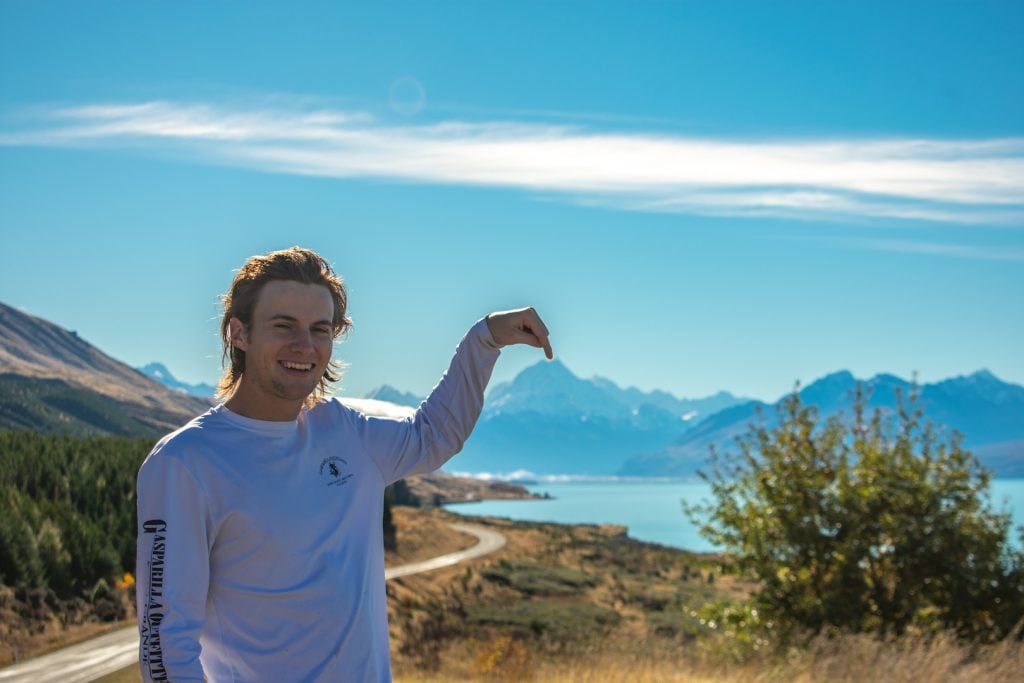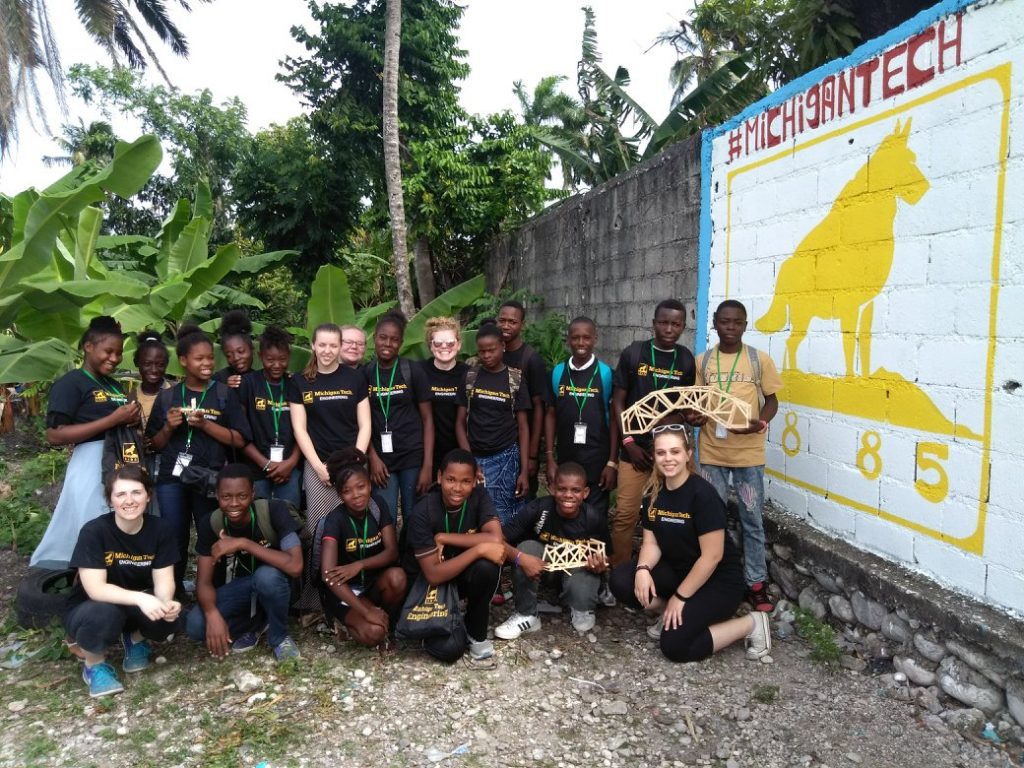
On the road to graduation, Aliyah Maxwell-Abrams left their mark on the Tech community, just as the Tech community left a lasting impression on them.
This December, they are graduating with a bachelor’s degree in civil engineering, a minor in mathematics, and will address fellow graduates at Michigan Tech’s mid-year commencement.
































